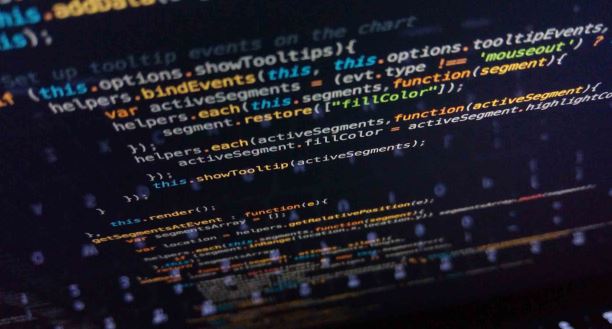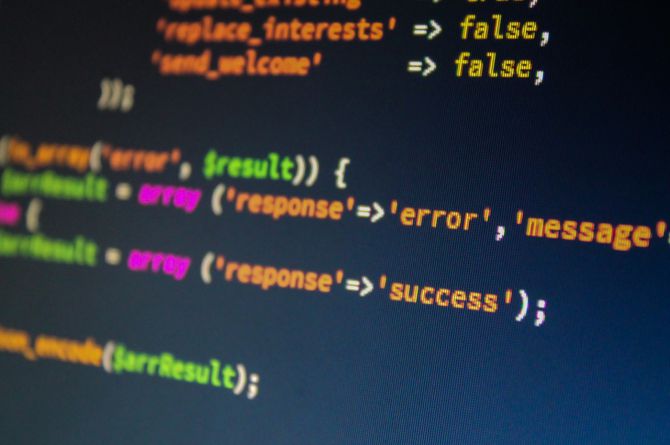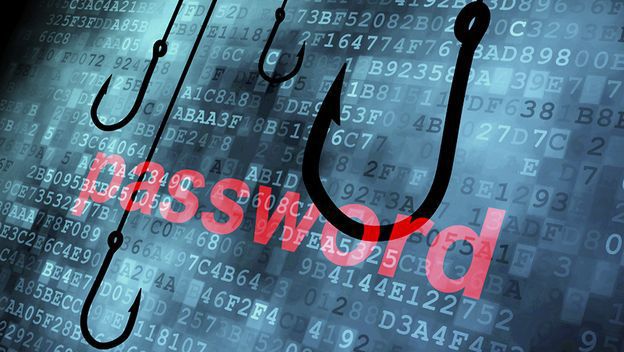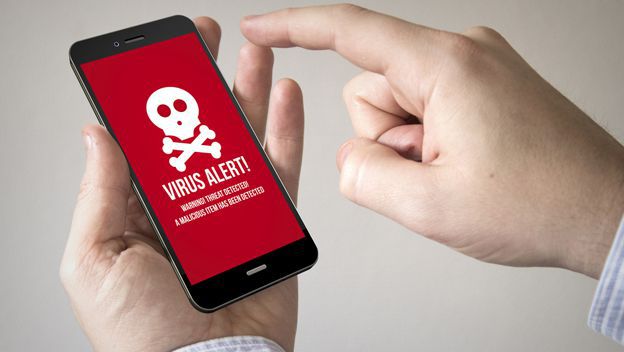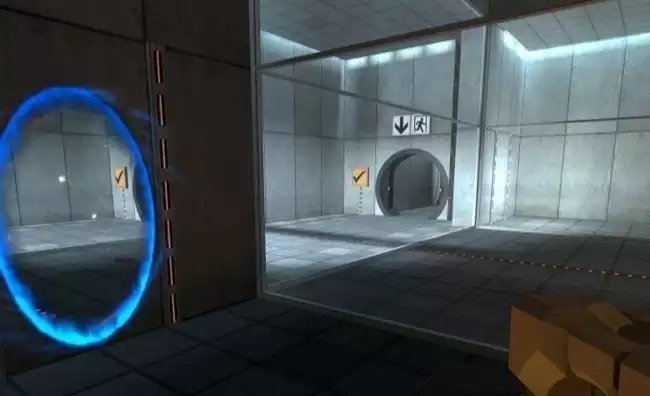We are going to talk about a new attack by which could be compromised all our passwords and other personal data entered via the keyboard, all over WiFi signal normally use.
This is something that has recently been shown by several scientists, is that these have claimed that very accurately detect possible keystrokes that a user makes on your keyboard just using WiFi signals a routerconventional. This has been discovered by a number of scientists from Michigan State University and Nanjing University in China.
Thus they have demonstrated that if we are in environments with minimal signal interference, an attacker could use interrupts that occur in the WiFi of our router to detect the keys we press on our laptop . Although at first this may sound like science fiction, the truth is that it is more real than we might think, already experienced before with technologies that show that through the WiFi signals can detect the presence and movements of a person inside a room.
Likewise this same signals have also been used to read the gestures that we held hands and lip movements, ie the accuracy of them is already well accepted by researchers. The current experiment based on keystrokes has been called WiKey, and for the same researchers used a router TP-Link TL-WR1043ND WiFi and a laptop Lenovo X200 .

Well, in order to collect small changes in the WiFi signals, the technology was used MIMORouter (Multiple-Input and Multiple-Output), which refers to the set of functions that allow each of the multiple antennas send WiFi signals on the same radio channel. Then these researchers used these as a scanner and swept the room to create a map of the environment. Because of this, WiKey only works in rooms with minimal movement and with little or no human presence.
Once in this environment, WiKey uses tiny changes in the wireless signals the router to detect pulsations we do in the keys. That is, when a person is on the laptop and start typing, WiKey is able to collect disruptions in these signals caused by the small change of hands, fingers and even the same keys. They claim that pressing a certain key, hands and the user’s fingers move in a single direction and training, so it is possible to generate a pattern. Thus the team says that by forming a computer algorithm particular, the program would be able to detect which keys have been pressed and retrieve the text entered, all with an accuracy ranging between 77% and 97.5% .
Fuente:https://www.adslzone.net/

Entusiasta de la seguridad cibernética. Especialista en seguridad de la información, actualmente trabajando como especialista en infraestructura de riesgos e investigador.
Experiencia en procesos de riesgo y control, soporte de auditoría de seguridad, diseño y soporte de COB (continuidad del negocio), gestión de grupos de trabajo y estándares de seguridad de la información.
Envía tips de noticias a info@noticiasseguridad.com o www.instagram.com/iicsorg/.
También puedes encontrarnos en Telegram www.t.me/noticiasciberseguridad


